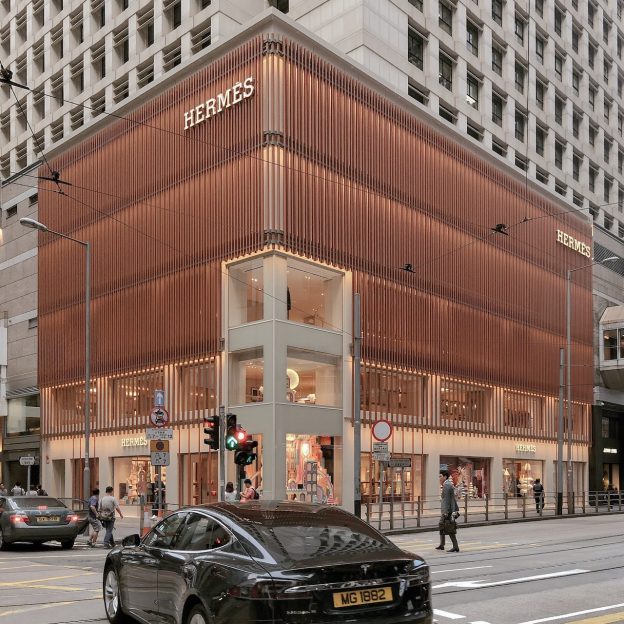Arielle Flamenbaum – In 2021, digital designer Mason Rothschild produced and marketed 100 Non-Fungible Tokens (NFTs) he called “MetaBirkins,” which depicted digitally created Hermès Birkin handbags that looked like they were made of fur. By January 2022, Rothschild’s NFT series generated about $1.2 million in sales. In response, Hermès sued Rothschild. The French luxury design house claimed trademark infringement and dilution, cybersquatting for using the domain name metabirkins.com to sell his NFTs, false designations of origin for the NFTs as if they were Hermès-approved digital products, and deceptive descriptions and representations. The lawsuit, which was filed in the Southern District of New York, raises new concerns that compel the convergence of constitutional law, intellectual property law, fashion law, and technology.
NFTs are digital identifiers that track and validate the ownership of a related digital asset using blockchain technology. Although a digital asset might be freely accessible online, only one individual can claim ownership of it at any given time because NFTs are, by their very nature, nonfungible. As a result, a market is created where NFTs can be traded—some of which can be quite expensive. Additionally, any word, name, symbol, or device that a person uses to identify and distinguish their product from another is referred to as a trademark under United States law. In order to protect consumers from being misled about who actually manufactures a product, trademark legislation is essential. In this case, Hermès had registered U.S. trademarks for the word “BIRKIN” and the trade dress affiliated with the Birkin bag.
The 1989 case of Rogers v. Grimaldi, decided by the Second Circuit, established the legal standard and proffered a test to be used when determining whether artistic work violates the Lanham Act. The Rogers test, which remains the de facto benchmark for trademark infringement today, ultimately serves to safeguard First Amendment rights. Indeed, this test, which sits at the center of Rothschild’s argument, states that using a well-known trademark in connection with a work of art is not a violation of trademark rights as long as the use does not explicitly mislead as to the source of the work. In order to defend his right to continue marketing and promoting the MetaBirkins NFT collection, Rothschild invoked a First Amendment “fair use” defense. Notably he cited Andy Warhol’s Campbell Soup Cans series to show that art can, and often does, draw inspiration from all around without infringing on trademark territory.
In response to Rothschild’s defense, Hermès asserted that even if the Rogers case was pertinent, the court should still evaluate whether the MetaBirkin label deceived consumers using the set of guidelines known as the “venerable Polaroid factors.” Another test created by a Second Circuit decision, the Polaroid factors are employed by courts to determine whether a defendant’s trademark will cause, or has caused, consumer confusion. Applying the Polaroid factors to Rothschild’s case to determine whether the MetaBirkins qualified as creative interpretations of the Hermès product, Judge Rakoff rejected Rothschild’s argument. In doing so, the court found that a standard trademark infringement analysis, including the use of the Polaroid factors to evaluate the likelihood of confusion, must be disallowed when creative works are involved. In cases where artistic expression is developed with the clear intention of misleading consumers, trademark infringement can still occur. Regardless of whether the MetaBirkin label satisfied the requirements for being artistically relevant, Judge Rakoff explained that Rothschild’s use of the MetaBirkins trademark explicitly misled consumers into believing the project was endorsed by, or otherwise affiliated with, Hermès.
The decision in favor of Hermès is one of the earliest rulings relating to trademarks and NFTS. As such, it paves the way for how courts are likely to handle similar issues. Thus, digital designers and brands should consider where legal and regulatory restrictions already exist, and how to protect themselves from lawsuits. Similarly, regulatory agencies ought to tighten up standards on fair use strategies in the digital age of NFTs. As technology, crypto capabilities, and consumer interest all continue to advance, it is more difficult to control the rapid expansion of new platforms like the metaverse. While brands like Hermès may benefit from such channels by engaging with consumers and promoting their brand, the regulation of this industry remains hazy. Without the enactment of more stringent regulation, it will be the courts that have to determine when creative expression crosses the line from artistic liberty to trademark infringement.


